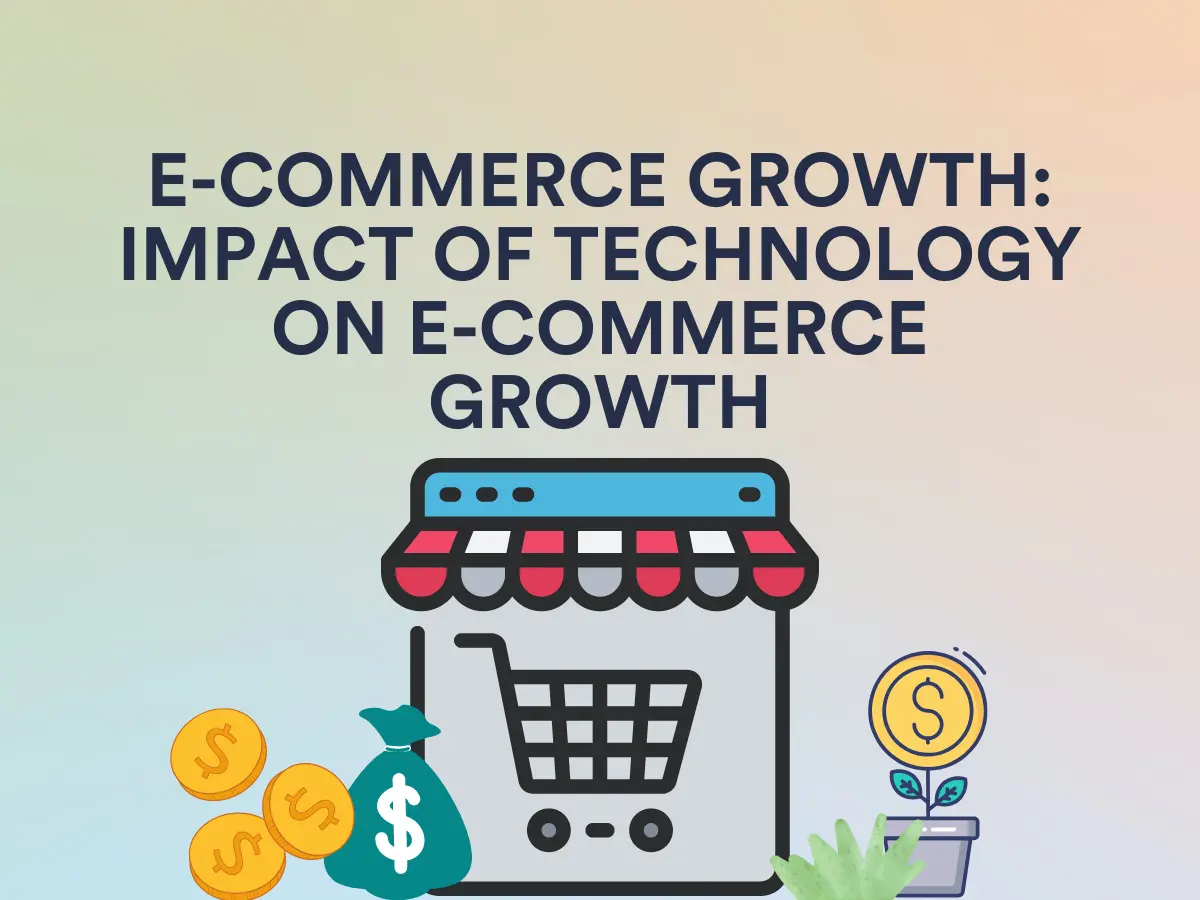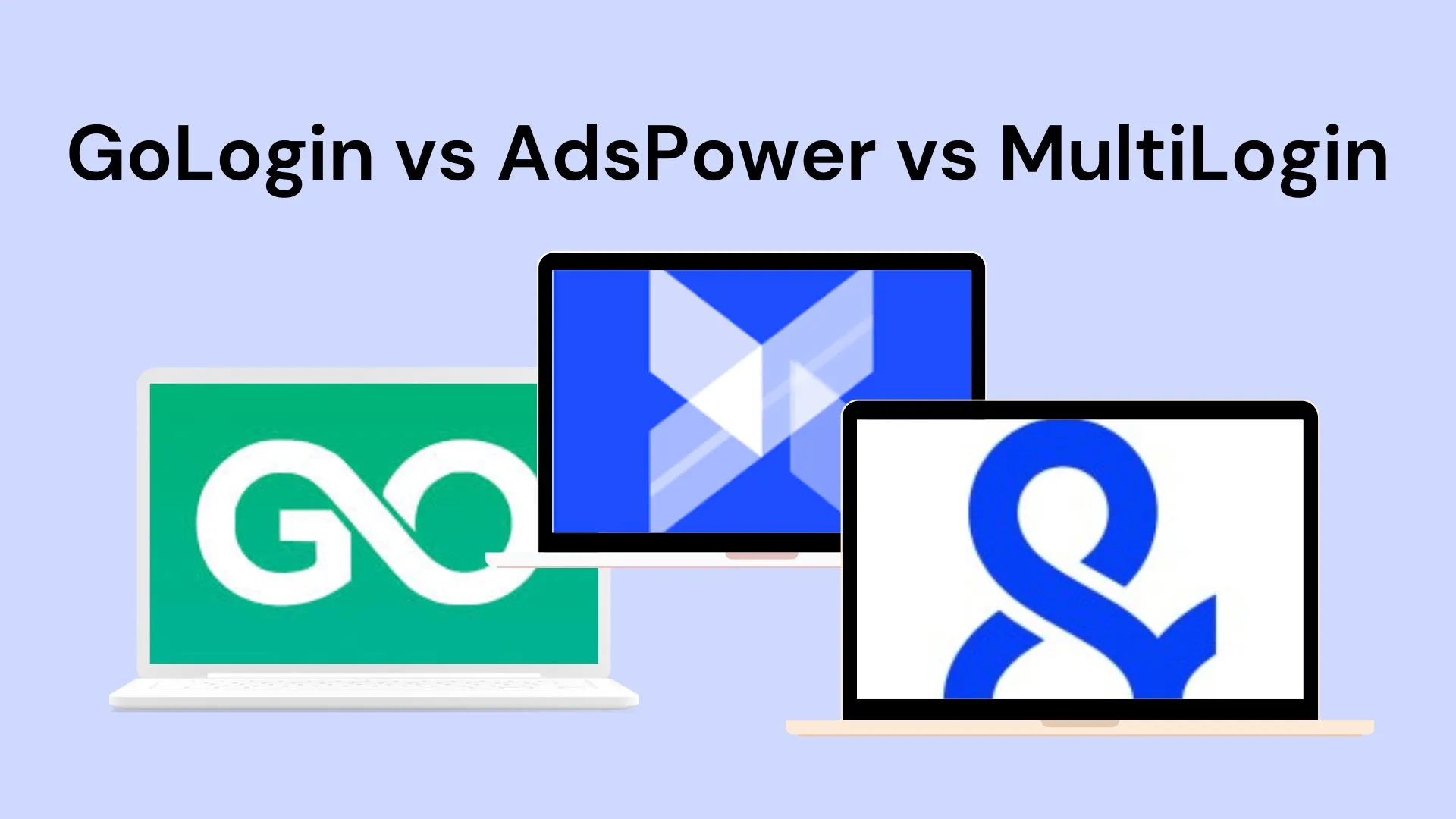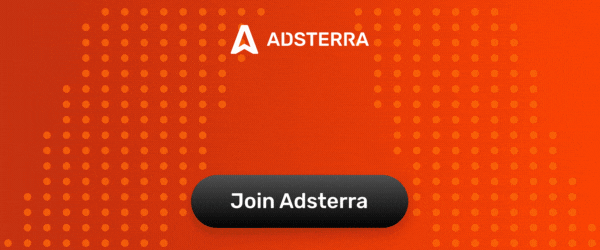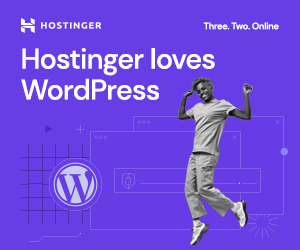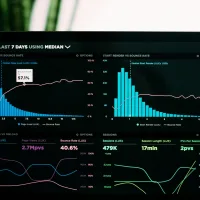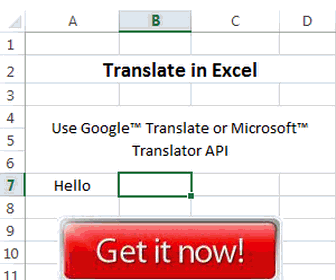If you’re looking to build a SaaS product for your business or other small businesses, it is important that you know “how to price a SaaS product.” Pricing plays an important role in your product’s profitability and quality.
Furthermore, not having proper knowledge of how to price a SaaS product can cause your business to fall just in the first year. So, to avoid this, you’ll have to make informed decisions about pricing strategies and ensure that they align with your business goals.
In this article, we’ll explain the importance of a good SaaS pricing strategy and show you how to price a B2B SaaS product effectively.
What Is SaaS Pricing?
SaaS pricing is a model used by SaaS companies to get their customers to pay for the services the online software offers. This payment is usually made on a subscription basis, unlike the traditional software, which requires a high upfront fee before you can access its services.
Having a pricing model isn’t just for making money; it also influences your customer perception, and market positioning.
How To Price A B2B SaaS Product: Types Of Saas Pricing Strategies
If you choose the right SaaS pricing strategy, you’re more likely to attract more customers.
However, you can undervalue your product and scare away potential customers just by using the wrong strategy. To gain full advantage of SaaS pricing, you’ll have to know how to price a SaaS product.
Before we mention the different pricing strategies available, let’s define the SaaS pricing strategy.
What Is a SaaS Pricing Strategy?
This is an internal pricing set by the SaaS company that considers long-term, short-term, and mid-term goals.
These strategies include:
- Value-based Pricing
- Penetration Pricing
- Cost-based Pricing
- Competitor-based Pricing
- Captive Pricing
1. Value-based Pricing
Value-based pricing is used by companies to determine the prices of products and services based on how much value they’ll offer to their users.
This pricing strategy is mainly focused on what the users want or need from the product rather than competitors’ prices or production costs. Furthermore, customers will only be willing to pay for your product or service when they can see its value.
So, to make your product or service valuable to your users, you’ll have to consider their value perception. Below are things you can consider to determine their value perception:
- Products solution to problems
- The effectiveness of the product when handling tasks
- The ability of the product to save time
- How much revenue the product can produce
Additionally, knowing the value your product offers, you can then charge more e.g premium pricing for the services offered.
Pros
- This strategy allows you to customize your pricing plan to fit various target audience
- Value-based pricing increases the customer base and fosters customer loyalty
- It increases profit margin
Cons
- This strategy increases production costs
- There’s high competition in this market
Examples of SaaS Businesses Using Value-based Pricing
- Trello
- Adobe6
- Apple
2. Penetration Pricing
Penetration pricing is usually used by new SaaS development businesses or businesses that aren’t well known. It involves lowering the price of your product compared to that of your competitors.
For example, you just started a clothing business with no customer base, but you’re hoping to make some money. However, you have a competitor in the market who has a loyal customer base.
So, to attract customers, you decided to sell your clothes lower than the price of that of your competitor in the meantime. Obviously, this will attract customers to your business and easily allow you to penetrate the market.
Furthermore, you can also penetrate the market by offering discounts on your products or you can quickly increase your prices. You can do the latter if you’ve been able to gather customers quickly.
Pros
- This pricing strategy can help you attract potential customers easily to your business
- It helps promote customer loyalty as they can gain from the low prices offered
- It helps to improve your business reputation with customers
Cons
- It increases the churn rate. This means that customers can leave once you increase the price of your product
- This approach can affect your business revenue
Examples of SaaS Businesses Using Value-based Pricing
- Netflix
- Uber
- Comcast
3. Cost-based Pricing
This pricing strategy is also known as markup pricing. It involves the evaluation of your product development cost, expenses, and salaries of your staff and adding a desired percentage to the total cost.
For example, if it costs $200 to develop your product, you can decide to sell it for $230.
Pros
- This pricing strategy is simple to implement. You just need to calculate your development cost, marketing cost, and staff salary and add a reasonable percentage to it
- It helps businesses to effectively control their cost
- Customers are given the opportunity to know the cost breakdown, allowing them to know how the selling price was determined
- With this pricing, you can recover your development cost and also make a profit
Cons
- This strategy doesn’t focus on competitor pricing, which may lead to overpricing
- Companies who use this plan always have a fixed cost, and they might find it difficult to adjust their plan to fit market trends
4. Competitor-based Pricing
This pricing strategy involves determining the price of your product or services based on that of your competitors.
Competitor-based pricing is commonly used in competitive markets where brand loyalty isn’t relevant. This SaaS pricing strategy doesn’t consider development cost, user demand, and product value.
Additionally, if you’re new to the SaaS business market, you can make use of this strategy. Let’s say you don’t have enough data to know how valuable your SaaS product is to your users, you can analyze your competitors’ prices.
This will help give you an idea of how much consumers are willing to pay for a product. Once you’ve figured it out, you can use any of these three methods to set your price:
1. Setting Your Price Higher Than That Of Your Competitors
You can do this if your SaaS product offers more features and functionality to consumers than your competitors.
2. Setting Your Price Lower Than That Of Your Competitors
This strategy can help win customers over to your business. However, it can also raise concerns among users about your product’s quality.
3. Setting The Same Price With That Of Your Competitors
This strategy is also known as price marking. It involves fixing the same price as your competitors while emphasizing your product’s value through effective SaaS marketing strategies.
Pros
- It can be used with other pricing strategies
- When compared to other pricing strategies, competitor-based pricing is easy to implement. This is because you just need to have information on your competitors’ pricing rather than conducting large research
- It is less risky because you’ll be using a strategy your competitor has tried out and is working
Cons
- The user’s demands aren’t always considered
- This pricing isn’t best for small businesses
Examples of SaaS Businesses Using Competitor-based Pricing
- CRM Software
- Hulu
5. Skimming Pricing
This pricing strategy is also known as price skimming. It is a strategy used by well-known businesses to launch new products.
These businesses usually start with a high price for their new products and eventually lower the price when there’s an increase in competition.
Pros
- It allows price adjustments based on market changes
- This strategy helps build a positive brand image
- It increases profit and revenue
Cons
- An increase in competition makes it difficult to maintain a high price
6. Freemium Pricing
This strategy is adopted by certain SaaS companies to give users access to some basic features for free. The freemium strategy allows users to make use of the product for a certain period of time.
No additional features are added no matter how long it’s being used. To access more features, users must subscribe to a paid plan.
Pros
- It is very simple to implement
- Helps build customer base
Cons
- It offers limited features to users
Examples of SaaS Businesses Using Competitor-based Pricing
- Slack
- HubSpot
- Semrush
How To Choose The Right SaaS Pricing Strategy For Your Business
Before choosing a SaaS pricing strategy for your business, it’s important you know how to make an informed decision.
To help you, we’ve outlined some factors you should consider:
- Customer research and feedback
- Competitor’s product and pricing
- Product Value
- Customer lifetime value
What Are The Different SaaS Pricing Models?
Aside from providing value to your customers, you’ll need to make money in order to sustain your business. However, for you to effectively sell your SaaS product to your users, you’ll have to implement a good pricing model.
But before we look into different SaaS pricing models, we’ll explain what a SaaS pricing model is.
What Is A SaaS Pricing Model?
A SaaS pricing model shows how customers are required to pay making use of a software. This model is usually showcased on the pricing page of the company’s website.
- Per User Pricing
- Per Features Pricing
- Tiered Pricing
- Flat Rate Pricing
- Usage-based Pricing
1. Per User Pricing
This pricing model is also known as user-based pricing. It involves charging customers based on the number of users, accounts, or seats the company uses. For example, the SaaS company can set different prices for 1-5 users/seats and 5-10 users/seats.
Companies can choose the plan they want based on the number of users they have. However, most companies might avoid this plan, especially if they keep growing.
This is because there’s a high tendency for them to pay higher due to an increase in employees. So, to avoid spending more, they can choose to subscribe to a plan that allows them to grow their company without paying more for services offered by the product.
An example of a SaaS company that uses this model is Slack.
Pros
- This pricing model is transparent and straightforward
- The price of this model is fixed, guaranteeing a constant increase in revenue
- Per-user pricing can help companies track the amount they spend on services for each user
Cons
- This pricing will not be beneficial to growing companies as they’ll keep having increases in employees
2. Per Features Pricing
This pricing strategy is similar to tier pricing. It involves charging SaaS companies based on the number of features used. The per-feature model works by breaking down the features of your SaaS product into sets and attaching a value for each of them.
For example, you can offer a free trial with just a few features. Then, you can offer a basic, Advanced, or Enterprise plan. The features available on each of these offers will vary.
For the basic plan, it will contain a few features that aren’t available on the free trial. You can do this for the remaining plans too. You can also add a custom plan where users can contact your team to add some certain features not available in other plans.
An example of a SaaS company that makes use of this model is HubSpot.
Pros
- Companies can subscribe to more plans as their needs increase
- This model is affordable because the company can choose to pay for the features they only need
Cons
- Updates can be difficult to manage sometimes
3. Tiered Pricing
Tiered pricing involves offering customers different prices for different features, benefits, and services. With this model, users can choose a tier that best fits their needs.
If you own a SaaS product and you want to use this model, it’s best you offer a low price for basic features and a higher price for more features.
Pros
- This strategy increases customer retention
- Satisfied customers are more likely to upgrade to a higher tier
- Tiered pricing can work with other pricing models
- It allows users to choose the packages that are best for them
Cons
- Sometimes, creating a tier that your users will like can be difficult
An example of a SaaS company that uses this strategy is Sproutsocial.
4. Flat Rate Pricing
This pricing model is the opposite of the tiered model. As the name implies, just one price is attached to a product containing all its features. This model gives users access to all the features available at once.
It also makes attracting customers easy because no additional monthly fees are added. However, with this model, some of your product features will not be used. Finally, if you’d be using this model, we advise that you target a specific market. It’s either you offer services for just email marketing.
Pros
- This model is simple to implement, and it’s predictable, meaning that you can determine your returns
- The price for this model is fixed, i.e., it doesn’t change no matter what
Cons
- You can miss out on additional revenue
An example of a company that uses this model is IXACT.
5. Usage-based Pricing
SaaS companies use this model to charge users based on how often they use the product. Additionally, this model also has various ways in which users can benefit from it.
This includes:
- Pay-as-you-go
- Per-unit pricing
- Metered services
Pros
- This model is suitable for small businesses, knowing they’ll only get to pay for the number of times they use the product
- It can attract a wide range of audience due to few pricing plans.
- Reduced churn rate
Con
- Users can stop purchasing this plan if they experience an increase in rate when the services aren’t worth it
A SaaS company that uses the model is Snowflake.
Conclusion
When building a SaaS product for your business or starting a SaaS product development business, you’ll have to know how to price a SaaS product. Figuring this out is very important before you launch your SaaS product, as it will help you generate revenue to sustain the product.
If you’re a new SaaS business, we’ll advise that you either make use of the penetration strategy or set your price below that of your competitors. Any of these strategies will help you attract customers and give you visibility in the market.
However, doing this can make users assume that your product isn’t valuable enough, which can affect your business. Additionally, you can choose a SaaS pricing strategy based on the value of your product.
But this can also affect how customers view your business. All we will tell you is to choose a strategy that best fits your business goals and values.


